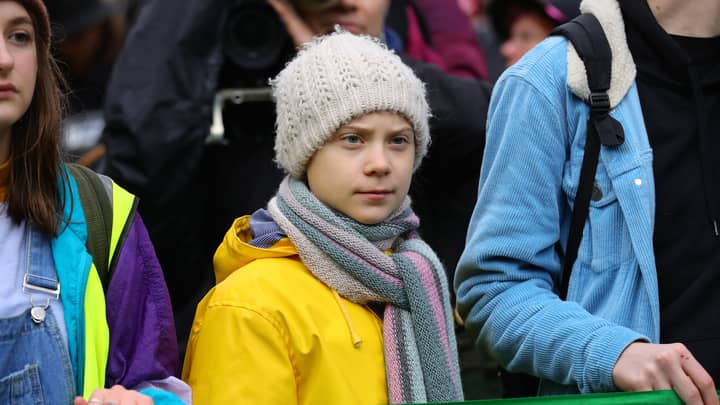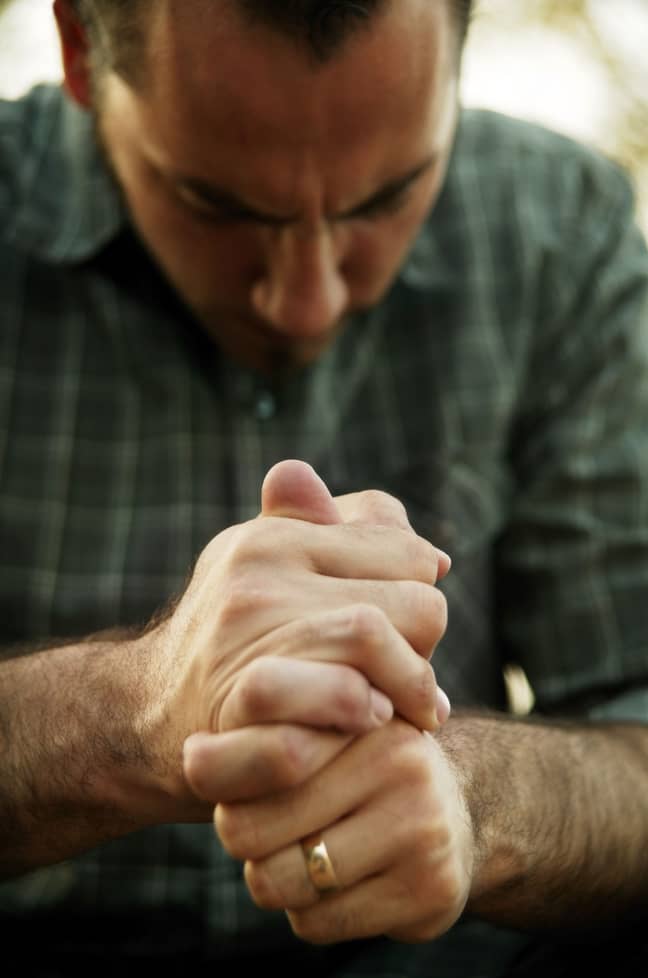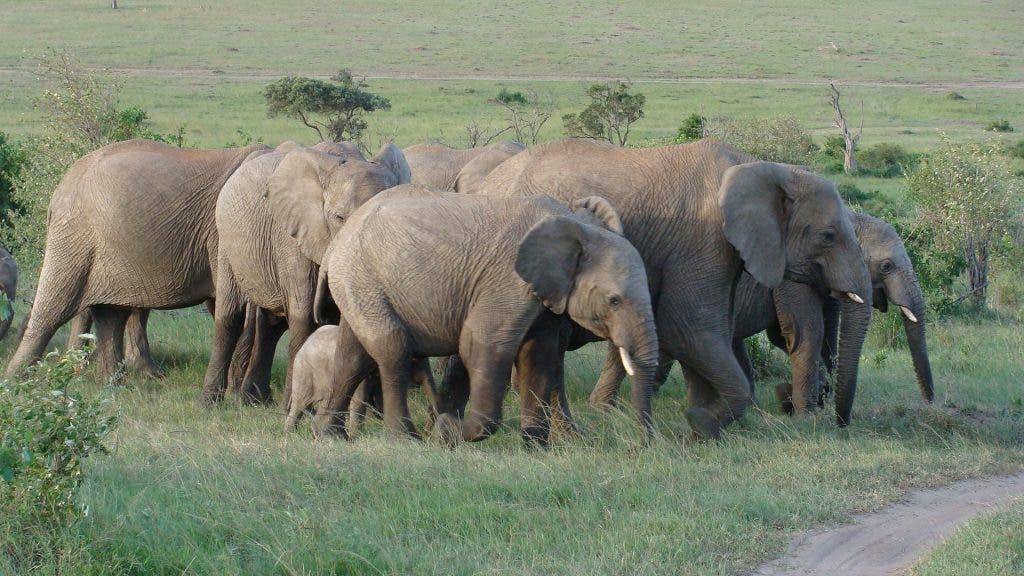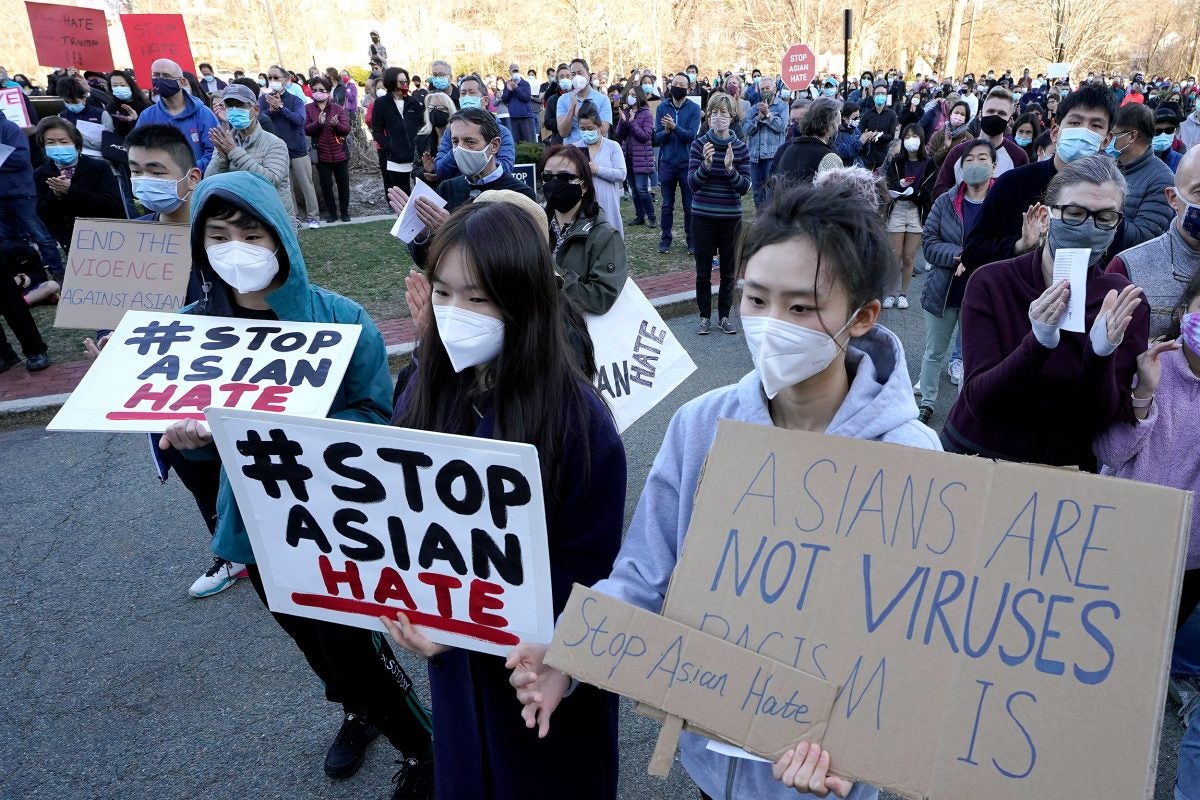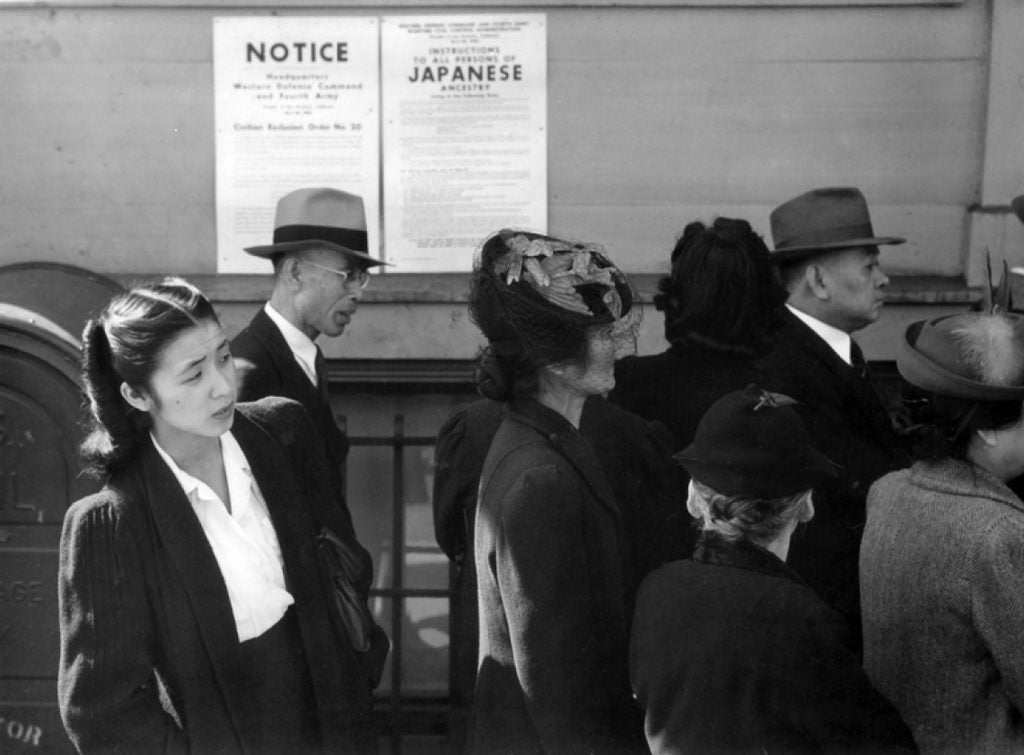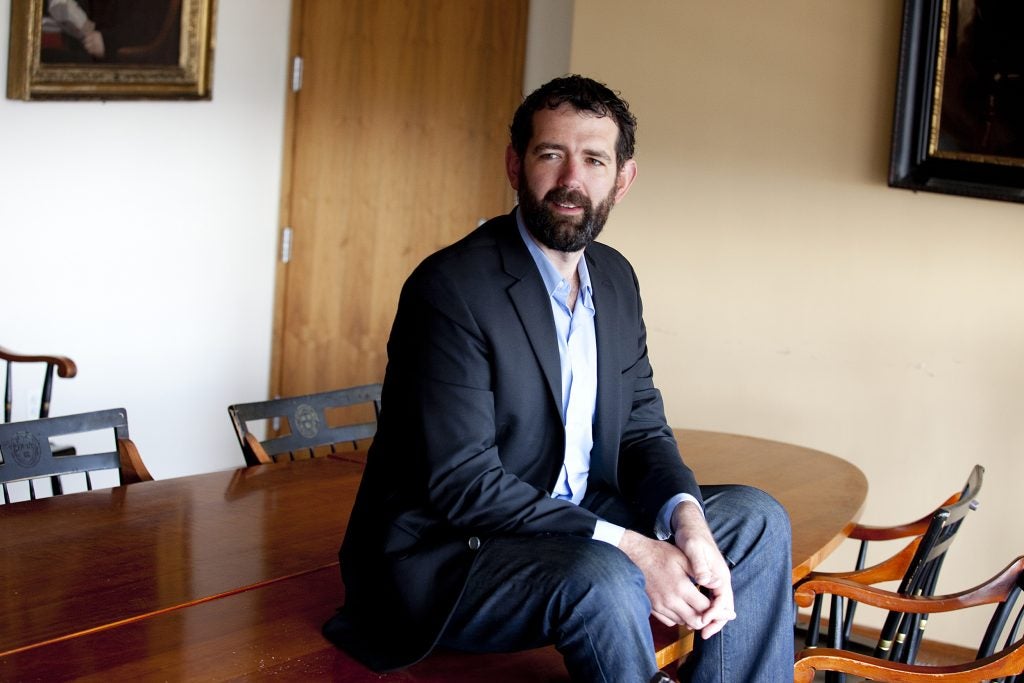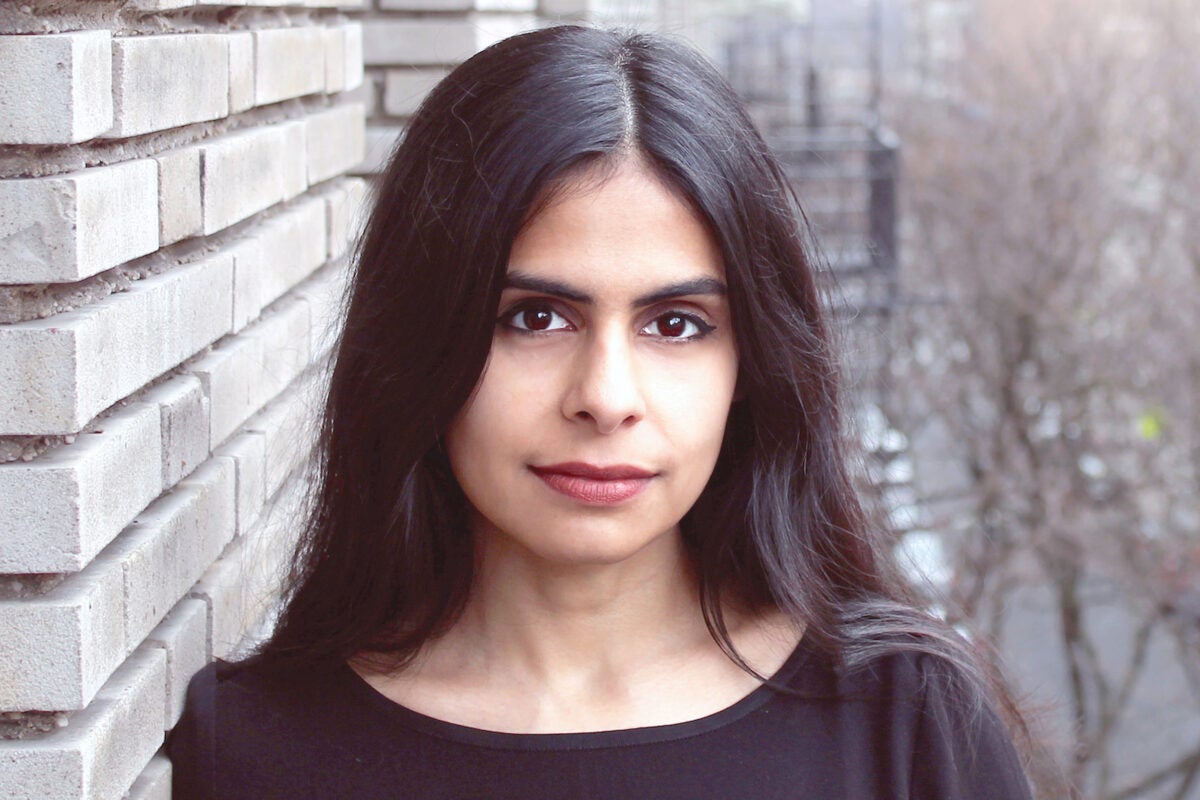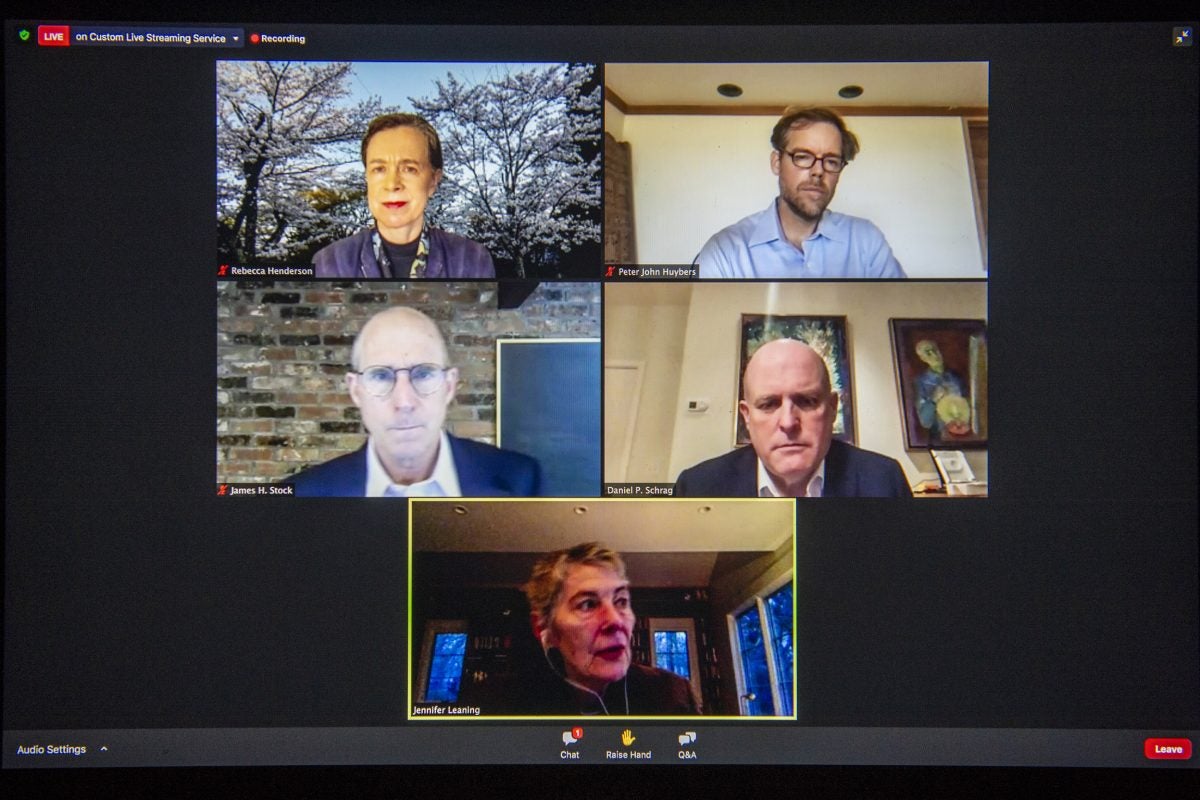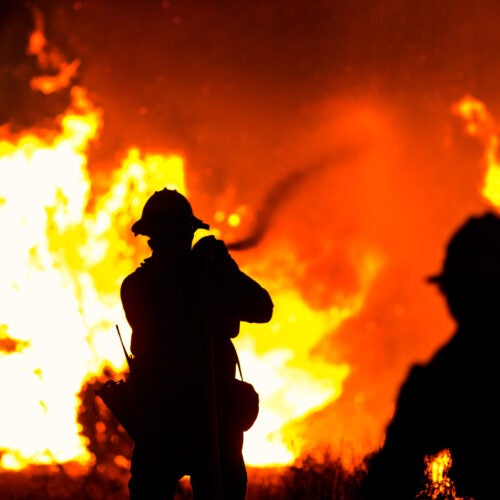BURMA
Myanmar Junta Threatens to Shoot Protesters as Security Forces Kill Six
 This photo taken and received from an anonymous source via Facebook on March 25, 2021 shows security forces holding weapons on a street in Taunggyi in Myanmar's Shan state, during a crackdown on protests against the military coup.
This photo taken and received from an anonymous source via Facebook on March 25, 2021 shows security forces holding weapons on a street in Taunggyi in Myanmar's Shan state, during a crackdown on protests against the military coup.Myanmar’s military junta broadcast a threat Friday that anti-regime protesters would be “shot in the head,” as security forces killed six demonstrators in a southern coastal city, pushing the death toll since the Feb. 1 to more than 320, witnesses told RFA.
The junta’s warning, broadcast on state-run MRTV News prior to its 8 p.m. news program, said the protesters should learn that they “can be in danger of getting shot in the head and back,” and urged the people not to fall into a “colonialist propaganda trap.”
The warning came just hours before Saturday, Armed Forces Day, on which the junta is planning a show of force, including a military parade, and activists are calling for more protests across the nation of 54 million people.
Earlier in the day, police opened fire on a crowd of protesters in the southern coastal city of Myeik, killing six.
Among the dead were 19-year-old Min Myat Paing, an unidentified 32-year-old Muslim woman and mother of three, and four others who have yet to be identified.
Min Myat Paing was shot in the head and died immediately according to his brother’s Facebook page.
Pictures and posts on Facebook showed police and soldiers shooting from the inside of an ambulance. A Myanmar Now report, quoting the man who donated the ambulance, said security forces took it away after dragging four firemen out of the vehicle.
In Khin Oo township in the northern Sagaing region, two men who were shot on Thursday passed away in the hospital.
“The two dead are Toe Zaw Aung of Kanthit village and Zaw Win Maung of MyaKanthar ward, both 19 years old. We are now at Shwebo Civil Hospital to retrieve Toe Zaw Aung’s body and will hold a funeral service this afternoon,” a source close to the two men, who requested anonymity for safety reasons, told RFA’s Myanmar Service Friday.
“There is no one to claim Zaw Win Maung’s body yet because his wife is in hiding because she was also part of the protests. I have contacted the Free Funeral Service on his behalf. During the fighting yesterday 21 people were arrested,” said the source.

Protests in many parts of the country on Thursday continued into the evening, with security forces killing and wounding several protesters as clashes continued into the night.
In Sagaing’s Tamu township, bordering India, police and soldiers killed at least two and wounded seven Thursday, eyewitnesses told RFA.
The two men had sustained injuries while protesting and were in the process of being rushed to Kalemyo General Hospital, when police stopped the car they were riding in. They died shortly after.
Local residents told RFA that four others were in critical condition after they were shot in the head and chest. Several others were undergoing treatment at a makeshift first aid camp.
Sources said the shooting in Tamu started when local residents surrounded policemen and soldiers as they approached two jewelry shops in the town.
About a dozen Myanmar nationals from Tamu crossed the border into India Thursday and three in the group were admitted to the hospital with serious bullet wounds, the Associated Press reported. The hospitalized were allowed to stay in India on humanitarian grounds, while the others were repatriated.
Yangon raid
Meanwhile in the commercial center Yangon, police and soldiers raided residential quarters in South Dagon township at about 10 p.m. Thursday, killing a man on the spot, witnesses told RFA through a messenger app. They said 10 other people were injured in gunfire and 15 youths were also beaten up and taken from their homes.
Police and soldiers arrived in North Dagon on about 15 trucks and began firing automatic weapons indiscriminately, shooting people with rubber bullets, teargas and slingshots.
“There was a lot of shooting and many were wounded. Three people are now in critical condition,” an eyewitness told RFA.
“There is now a large police and soldier presence in wards 70, 71, and 72. They forced people nearby to remove the makeshift barriers in the streets,” the eyewitness said.
Elsewhere in the city, at about 4 a.m., a Molotov cocktail was thrown at the headquarters of the National League for Democracy, the party ousted by the Feb. 1 military takeover. The incident was caught on nearby security cameras and posted to Facebook.
Local residents told RFA they had to break down the entrance gate to put out the fire themselves after the local fire department failed to respond despite several calls. Not much damage was reported, with the exception of only the front entrance.

In the nearby Bago region’s Pyu township, a 20-year-old man died after police fired at crowds descending on the police station to demand the release of several protesters that had been arrested. The fate of another man who was shot is not yet known.
In Monywa, the largest city in Sagaing, security forces broke into houses and arrested 20 people, residents told RFA.
Authorities “kicked down doors and arrested about 15 men,” a woman who insisted on remaining anonymous told RFA.
“They were searching for one man by name at one house, and they ended up taking away a woman and her six-year-old son because they couldn’t find her husband. They also arrested maybe six or seven men sitting at the Shwe Ohnthee Teashop, as well as the owner and an employee of the shop,” she said.
According to a tally verified by RFA, more than 270 civilians were killed by the junta’s security forces since Feb. 1.
The Assistance Association for Political Prisoners, an NGO based in Thailand, reported that at least 328 people have been killed in the crackdown as of Friday, and more than 3,000 arrested, charged, or sentenced.
Reported by RFA’s Myanmar Service. Translated by Khin Maung Nyane. Written in English by Eugene Whong.
